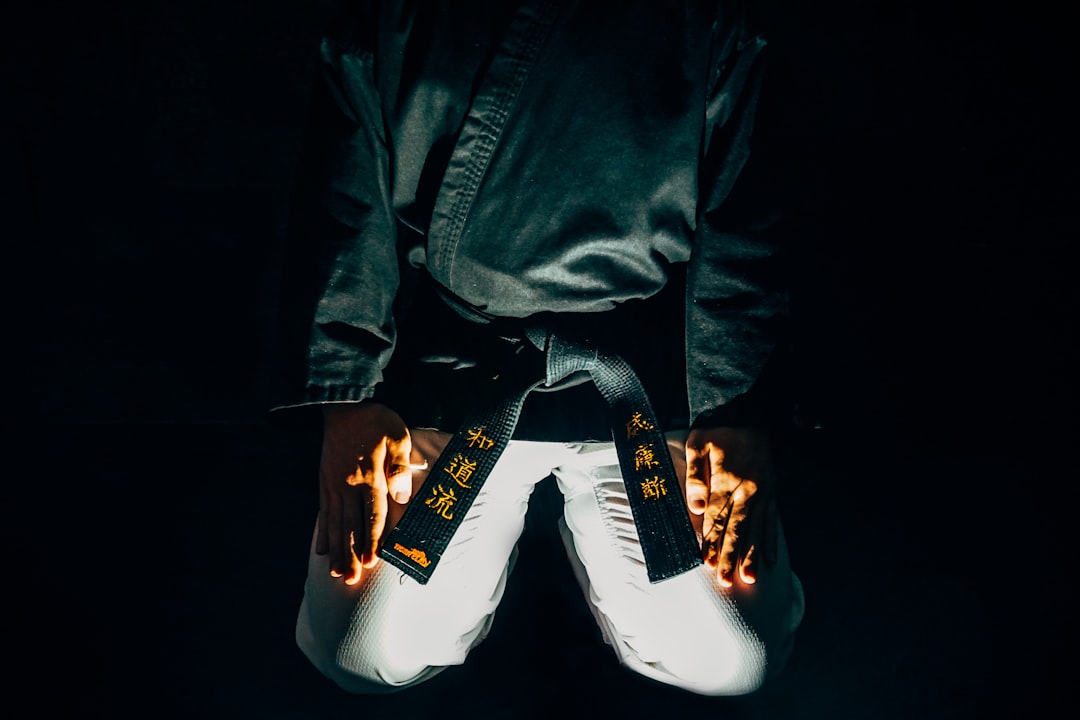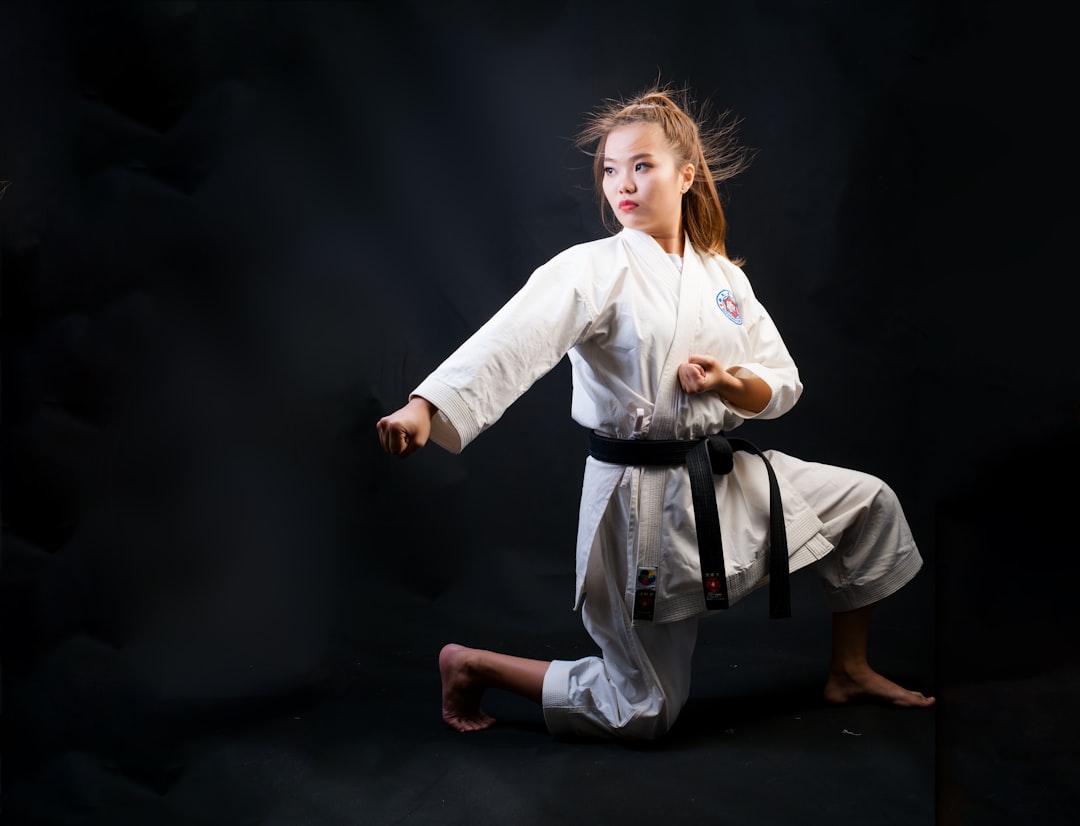The karate suit, or keikogi, is an integral component of karate practice, deeply rooted in the discipline's cultural heritage and functional requirements. Originating from adaptations of Japanese kendo and judo uniforms, the keikogi's design has evolved to meet the specific needs of karate practitioners, emphasizing mobility and comfort while reflecting the martial art's values of purity and humility. Standardized features like the length of the sleeves, straight-legged trousers with a waist tie, and the obi, which indicates rank, underscore the uniformity and discipline inherent in karate practice. The keikogi also serves as a visual symbol of a practitioner's accomplishments within the karate tradition. From its Okinawan origins to its global presence, the evolution of the keikogi reflects karate's cultural journey, with modern iterations balancing functionality with traditional respect. A well-crafted keikogi is essential for practitioners, ensuring it is both tight enough to not impede movement and loose enough for comfort, with robust stitching and fabric endurance to withstand the rigors of karate training.
Karate practitioners around the globe don a uniform that is both functional and rich in tradition. Known as a Gi, this garment is central to the practice, embodying the discipline and respect inherent to martial arts. This article delves into the significance of the karate suit called Gi, exploring its evolution and components. Whether you’re a seasoned martial artist or a curious newcomer, understanding the Gi can deepen your appreciation for this ancient art form. Join us as we examine the traditional elements that make up this essential piece of karate attire.
- Understanding the Significance of the Karate Suit Called Gi
- The Evolution and Components of Traditional Karate Uniforms
Understanding the Significance of the Karate Suit Called Gi

When delving into the world of martial arts, one encounters various pieces of equipment that are emblematic of the discipline. Among these, the karate suit, commonly known as a gi, stands out for its significance both in function and tradition. The gi is a two-piece garment consisting of a jacket and trousers, typically made of cotton or hemp, which offers practitioners mobility while training. But what exactly does the gi represent within the practice of karate? The answer lies in its origins and the respect it embodies for the art. Originating from Japan’s kendo and judo uniforms, the gi was adapted to suit the needs of martial artists practicing karate. It is designed to be both durable and comfortable, allowing for a full range of motion during practice and sparring. The white color of the gi symbolizes purity and humility, principles that are central to the martial arts philosophy. Are the sleeves and trousers of the gi standardized? Yes, they are. Traditionally, the jacket’s sleeves extend to just above the wrists, and the trousers are straight-legged with a tie at the waist to secure them. These features are consistent across different styles of karate, reinforcing the uniformity and discipline inherent in the practice. The gi serves as a blank canvas for belts and patches that signify rank and affiliation, making it not just a garment but a reflection of the wearer’s dedication and achievements within the art of karate.
The Evolution and Components of Traditional Karate Uniforms

Karate suits, known as “keikogi” or “gi,” have a storied evolution that reflects both the martial art’s roots and its global adaptation. Originally, practitioners in Okinawa wore simple cotton garments similar to what was commonly used in daily life. Over time, as karate expanded beyond its birthplace, the traditional keikogi became standardized with specific features that distinguished it from everyday wear. The modern karate suit is a two-piece garment consisting of a jacket and trousers, both typically made of cotton or a cotton blend for durability and comfort during practice and competition. The jacket includes a belt, known as an “obi,” which serves not only as a closure but also as a symbol of rank. The trousers, called “rekoko,” are straight-legged and designed to allow full mobility for the legs. The design and materials of the keikogi have been refined over decades to optimize functionality and respect for the traditional practices of karate.
Are the components of a keikogi limited to just the jacket and trousers? Not at all. A traditional keikogi also includes the obi, which holds the jacket closed and visually indicates the wearer’s rank within their dojo or karate organization. Additionally, while the standard color is white, different colors may be worn for specific events or by certain ranks, such as black for higher belts. The fit of a keikogi is also an important consideration; it should be snug yet not restrictive to ensure freedom of movement during practice or performance. Quality and craftsmanship are paramount in the construction of these uniforms, with attention given to stitching and fabric to ensure longevity and durability for the rigors of karate training.
In wrapping up our exploration, it’s clear that the karate suit, known as the Gi, is more than mere attire; it represents tradition, discipline, and respect for the martial arts practice. From its origins to the present day, the Gi has evolved yet retains its core elements, emblematic of the values at the heart of karate. Whether you’re a beginner or an experienced practitioner, understanding the significance of the Gi enriches your experience and deepens your connection to the art. As such, the next time you don the traditional garb for practice or competition, remember that you are not just wearing a karate suit called Gi, but you’re also stepping into a legacy that has stood the test of time.
